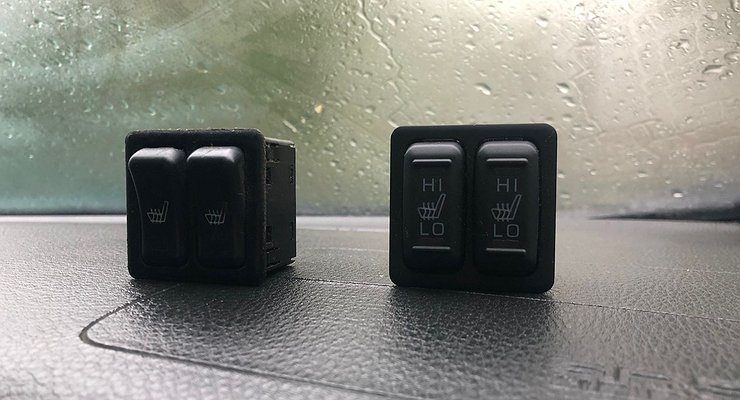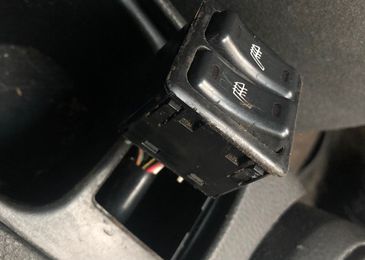Fall came, as always, imperceptibly, and the heated seats in our Lancer showed no sign of life. Today it is just inconvenience, but tomorrow when winter starts it will become a serious inconvenience, so we start to eliminate the offensive disadvantage. To pinpoint the reason for an option’s failure, you need to carefully study the theory and then combine the knowledge gained with practice.
Thus, the seat heating is easily controlled, at the level of an electrical circuit that schoolchildren disassemble in a physics lesson: +/-, a key, a light bulb. Instead of the latter there is a heating element, which is laid on foam rubber directly under the seat cover. Based on this, the problem may lie in the malfunction of the “heater” itself, the wiring and, in fact, the key – there is simply nothing left to break.
The seat in our “Lancer” has not been pushed through and still retains its full factory shape – not even the fabric is worn or torn. Really, the Japanese do things with a capital letter. A careful examination suggests that specifically in our case the probability of failure of the heating element – on the seats that have been sitting, it just breaks, breaks the circuit – is minimal. By the way, there is an opinion that flooding the seat with water can break the heating. Let’s grieve the “experts”: a cup of coffee, a bottle of water and even a complex wash are not enough for this – in order for the “stove” to die from water, the car will have to drown.
















